Alyssum rocky: description, planting and care
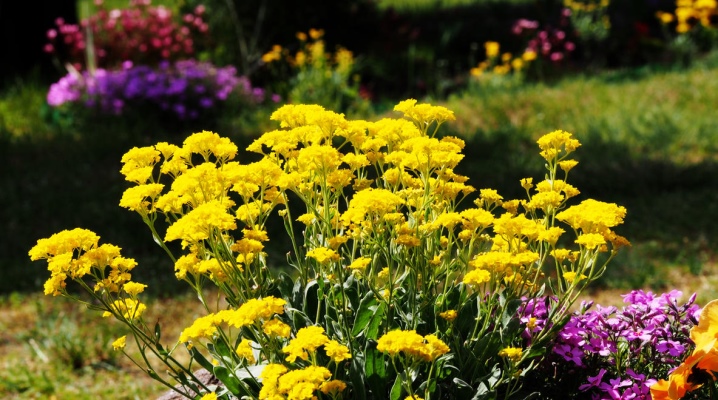
Many gardeners grow rock alissum or beetroot in their suburban and personal plots. This unpretentious ground cover herb allows you to create amazingly beautiful compositions. Spring flower beds become bright and very elegant when alyssum blooms, forming an openwork yellow "sunny" carpet.
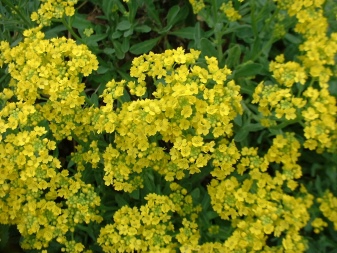
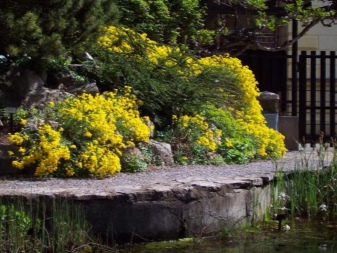
Features of culture
The homeland of the plant is Central Europe and Asia Minor. Like an ornamental perennial, Alyssum began to be cultivated from the end of the 17th century. It is perfect for creating rock gardens and curbs, including around lawns and garden paths.
Alyssum forms beautiful hemispherical bushes, the diameter of which usually does not exceed half a meter. Depending on the variety, the plant can reach a height of 30 cm. Its stems are creeping, strongly branching, thickened and hard at the base. There are few leaves, they are grayish, pubescent and elongated. Flowers are bright, yellow, gathered in lush inflorescences, exuding a strong aroma that attracts butterflies and bees.
Alyssum blooms for about 40 days. The fruits ripen in pods in autumn. The plant winters well, without shelter it can withstand frosts down to -15 ° C.
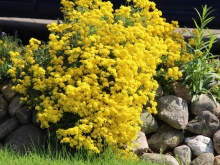
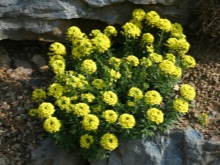
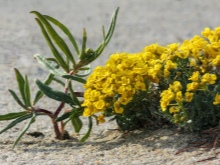
Popular varieties
There are many varieties of alyssum known. The most common of them are "Gold placer", "Gold wave" and yellow. Below is a brief description of them.
- Grade "Gold placer" It has proved itself well enough: unpretentious, cold-resistant, does not require frequent watering, it develops best in the sun. True, it blooms in the second year. Flowering lasts from late spring and the entire first month of summer. Timely and correct pruning of the bush can provoke a second wave of flowering, which comes closer to autumn.

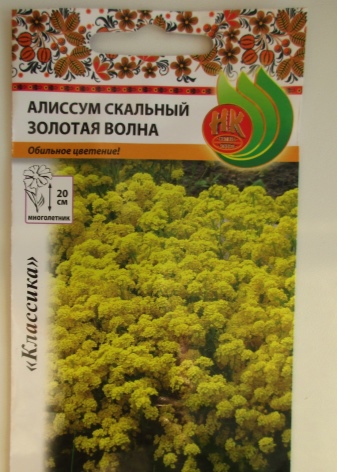
- Alyssum "Golden Wave" forms lush bushes with a diameter of about 40 cm and a height of no more than 25 cm, covered with silvery foliage. They reach the greatest decorativeness by the end of spring, when they are covered with bright golden-yellow inflorescences. Under favorable conditions, flowering continues throughout the summer.
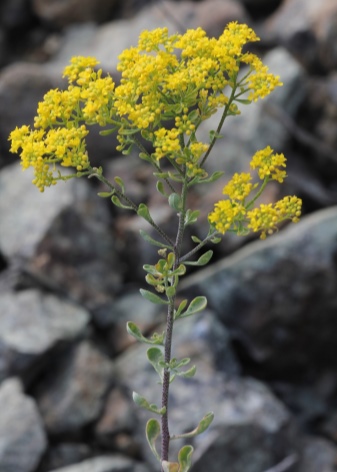

- Alyssum rocky yellow rarely reaches a height of 10 cm. Well-lit, sun-warmed areas with rocky soil are suitable for this variety.
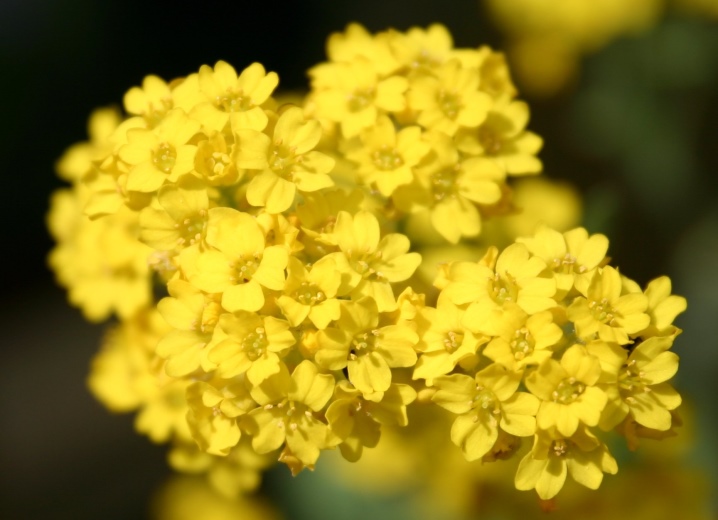
How to plant?
In areas with a cool climate, it is better to cultivate alissum in a seedling way. In the southern regions, you can sow seeds in the ground after the snow melts and the site warms up.
Alyssum seeds, which are distinguished by good germination, are sown for seedlings in March or April. To do this, a layer of drainage mixture is laid on the bottom of a special box, then soil is poured, which is a mixture of turf soil, humus and sand. It is better to spill the prepared soil with a fungicide in order to avoid the appearance of a "black leg" in the future.
The seeds are laid out at a distance of 1-1.5 cm. Then they are watered with warm water and placed under glass or film.
Before emergence, the container with the sown seeds can be placed in a dark place, while maintaining the temperature at about 15 degrees Celsius. To prevent planting from killing mold fungi, the box needs to be ventilated daily.
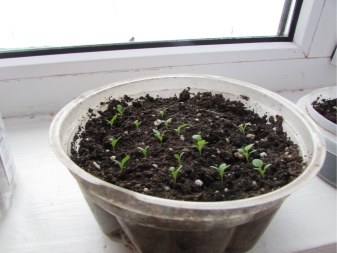
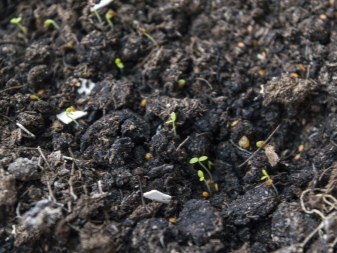
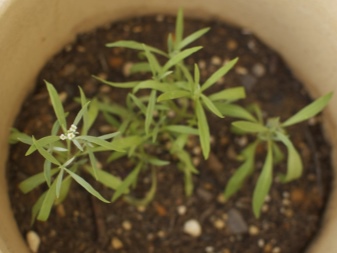
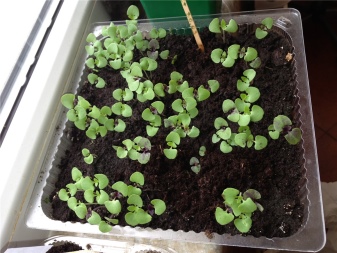
Shoots should appear in a week. As soon as a pair of true leaves is formed on the seedlings, the plants can be planted in separate containers.Seedlings should be watered sparingly, as the earthy coma dries up, so that the accumulating moisture does not lead to root rot.
Young plants are planted in a permanent place when warm weather sets in. The seedlings are transferred to the flower bed by the transshipment method.
Since alyssum does not tolerate stagnant moisture, it is advisable to drain coarse sand at the bottom of the holes. Plants are planted at a distance of 30 cm from each other. They grow quickly enough - in a month they are able to cover a large area. To avoid rapid evaporation of moisture, the ground around the bushes is mulched with bark or sawdust.


Some gardeners practice pre-winter sowing of alyssum, which allows for the stratification of seeds and, as a result, strong plants adapted to the conditions of open ground. Seeds are sown in the soil in late autumn so that they do not have time to swell and germinate. They are buried in the ground to a depth of no more than 2 cm. To prevent the seed from rotting, the bottom of the furrow must be sprinkled with sand.
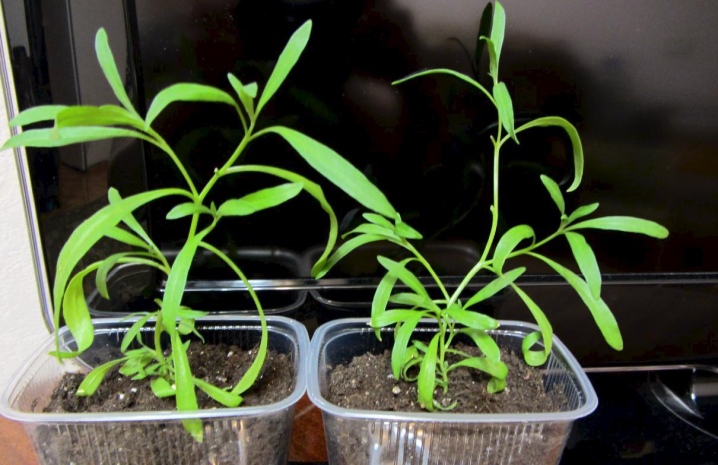
How to take care of it properly?
It will not be difficult to grow alissum rocky - even a novice amateur gardener can successfully cope with this task. After all, this "sunny" flower can grow in one place without transplanting for several years, while requiring almost no maintenance. But to create a spectacular flower bed that will delight the eyes throughout the summer, you must follow some growing rules.
Site selection
In nature, rock alyssum grows on mountain slopes. Therefore, in a suburban area, it can be safely placed on rocky soil, most of the day well warmed up by the sun.
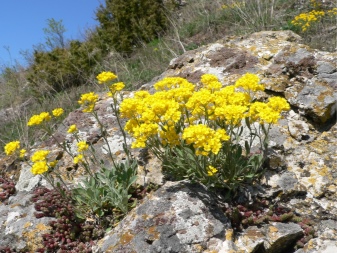

Watering
In dry summers, alissum should be watered at least once or twice a week. In this case, care should be taken, since waterlogging of the soil contributes to the development of diseases. In the same time with a lack of moisture, the decorativeness of the plant decreases and the flowering period decreases... Water the plant early in the morning or late in the evening under the root or using the sprinkler method. To prevent the soil from compaction, it is imperative to loosen it before watering. This will allow air to flow better to the roots.
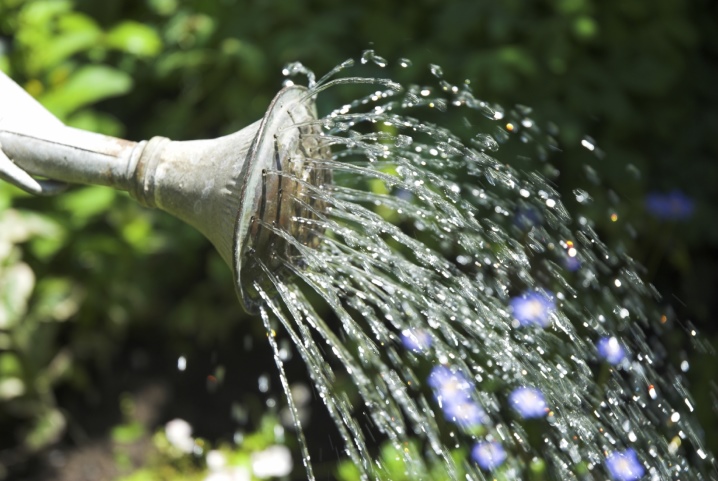
Top dressing
Despite the fact that alyssum feels great on any soil, nevertheless, it responds to feeding with violent growth and long flowering. In the event that the soil on the site is fertile, top dressing is carried out in the second year. In the spring, after watering, nitrogen fertilizers in liquid form are applied, which will help the alissum to build up the green mass. In the summer (with an interval of 10 days), the plant is fed with potash and phosphorus fertilizers.

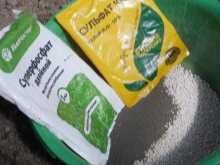

Pruning
With the onset of spring, it is recommended to cut the shoots of alyssum a little, so that in the future the bushes will grow more neat and lush. When pruning, all diseased, damaged and weak stems are removed, at the same time giving the bushes a beautiful shape. To achieve a second wave of flowering, in the summer, all shoots are shortened by a few centimeters.
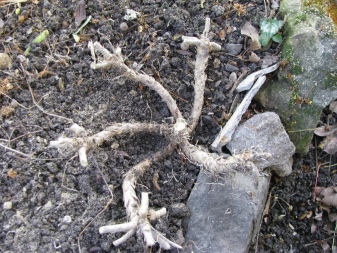
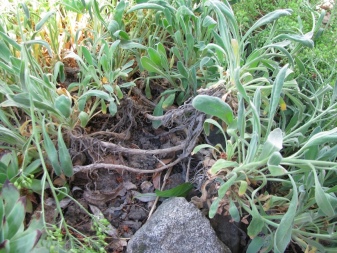
Preparing for winter
Alyssum winters well. With the onset of cold weather, plantings are covered with dry leaves, spruce or pine spruce branches. In winter, make sure that there is a sufficiently high snow cover on the site.
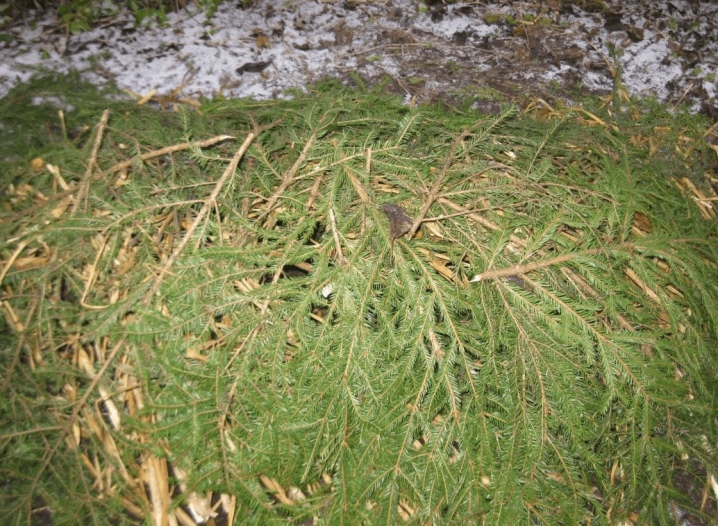
Reproduction methods
The plant is propagated by seeds, dividing the bush and cuttings. Seeds can be sown on seedlings or directly into open groundwhen it gets warm enough. For germination, the seeds need sunlight, so they are scattered over the surface of the earth and lightly pressed down with your hands. The sowing site can be covered with plastic wrap for several days. The emerging seedlings are weeded, removing excess plants and leaving a distance of 10 cm between them.
In the summer, alissum can be propagated vegetatively. For this, cut shoots are rooted in fertile soil. It is preferable to plant cuttings in a greenhouse, where they will be protected from drafts and cold snaps.
In April, you can try to propagate alissum by dividing the bush. It is dug up and cut into several parts with a shovel. Delenki are planted in a permanent prepared place and watered.
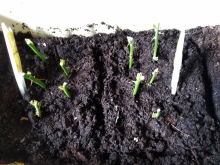
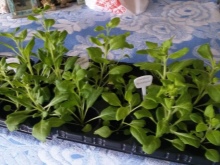
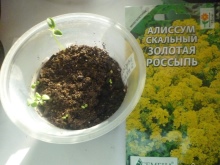
Diseases and pests
Alyssum rocky - cruciferous flea's favorite treat, which is capable of destroying all of its foliage. To get rid of the pest will help such chemicals as "Intavir", "Aktara", "Borey", "Tsunami" and others. Popular methods of struggle are also quite effective: plantings are treated with wood ash, infusion or dry dust of tobacco.



On the leaves of alyssum, you can often find caterpillars... They can be collected manually and at the same time try to set special traps for butterflies.
With excessive moisture, alissum suffers from brown rot and powdery mildew... In this case, parts of the plant darken and dry out. Fungicides will help get rid of this scourge. You also need to timely remove weeds, which are the source of the spread of fungal diseases.
In addition, it takes nutrients from the alissum and shades it, preventing the plant from developing.
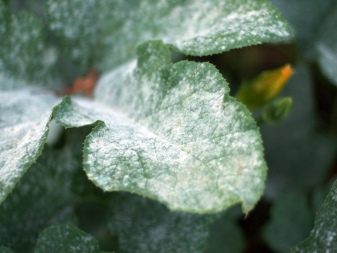

Use in landscape design
Wherever alissum grows, it seeks to capture as much space as possible, forming large bushes. Thanks to this property, the ground cover plant quickly drapes the gaps between the stones on the alpine slide, various pits and grooves.
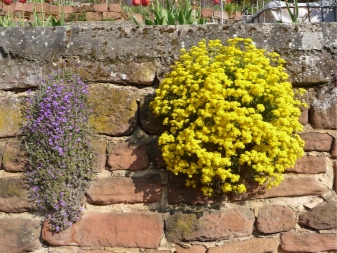
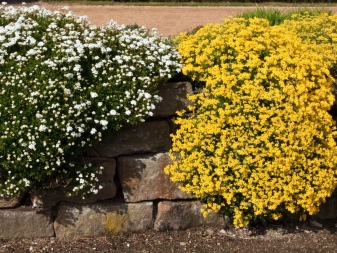
Alyssum looks great in borders along garden paths and on flower beds, where it serves as the main decoration of the foreground of a flower garden. According to the designers, the plant goes well with ampel and ground cover petunias, pelargonium and Turkish carnations. Also, experts recommend planting such undersized ground cover plants as aubrietta, phlox and rezuha next to the beetroot.

Alyssum will help transform the nondescript stone block located on the site beyond recognition. It is enough to find or make a small depression in it and fill it with earth, where then to plant the alissum. He will cover the stone with small fragrant flowers, turning it into a picturesque detail of the garden interior.

Alyssum rocky is presented in the following video.




































































































The comment was sent successfully.